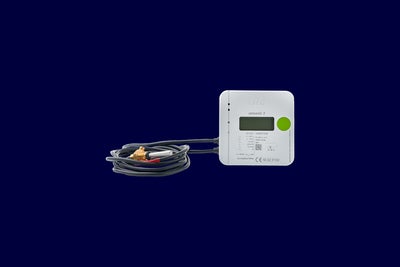
Consumption-based billing with ista optimises and automates the process of heating cost billing and provides residents with accurate and easy-to-understand bills.
Have you ever wished for a simpler way to determine heating costs accurately, without getting caught up in a web of complicated processes?
ista has the right solution for you! Our innovative all-in-one solutions will speed up the process of heat cost allocation and heat meter billing, saving you valuable time and improving efficiency. Say goodbye to site visits thanks to our smart remote metering service. With advanced technology and expert guidance at your fingertips, you can rest assured that your billing will always be accurate, transparent, and fully compliant.
Discover the full suite of advantages that come with ista's services. Whether you are overseeing a single property or a portfolio of buildings, ista has the knowledge and know-how to help you increase efficiency while reducing costs.
Wireless remote meter reads, no more site visits necessary
Easily manage heating costs and billing online
Accurate individual consumption view, providing greater transparency and understanding of billing
14-month data history for a smooth transition between residents
Nationwide expert guidance and support for any billing enquiries
Combining our one-stop solutions with innovative technology in our devices, managing your energy consumption has never been easier. Find out more about the devices that can boost the ista eco-system in your property.





Conveniently manage your energy consumption, billing, and payments through one secure online platform - anytime, anywhere.
Our custom solutions are designed to help our clients reduce their environmental impact, improve health and safety in their buildings, and save money on energy costs.


We offer a range of services including water submetering, billing, and data analysis, which can help you to optimise water usage and reduce costs for your property.

Control electricity costs with precise billing, invoicing, and remote meter management.